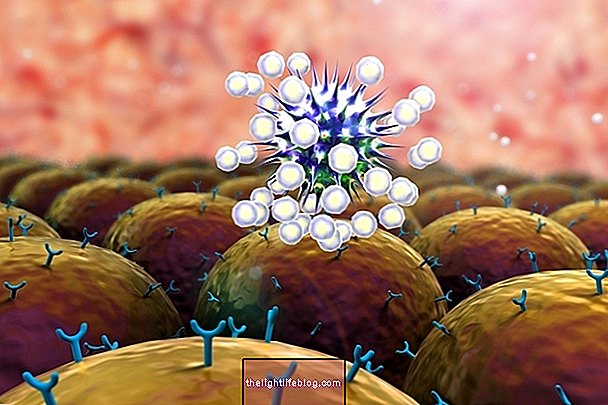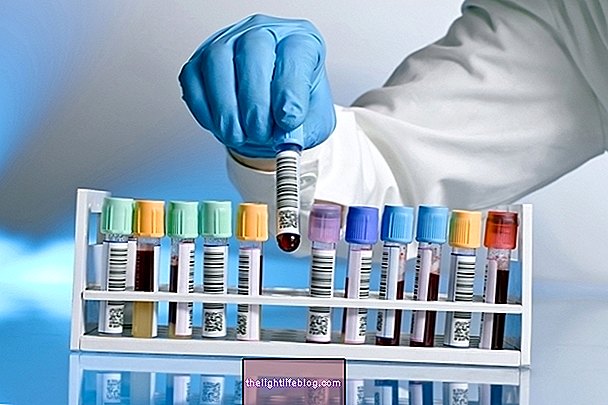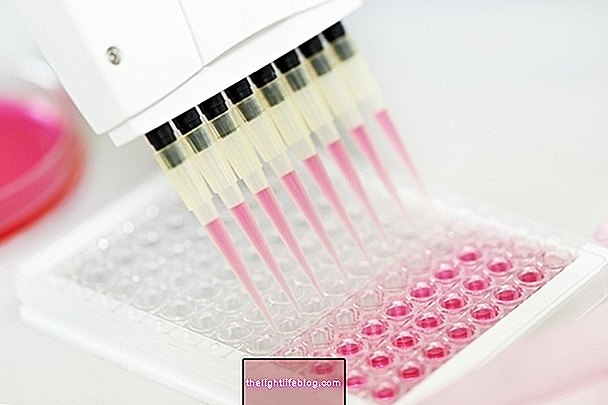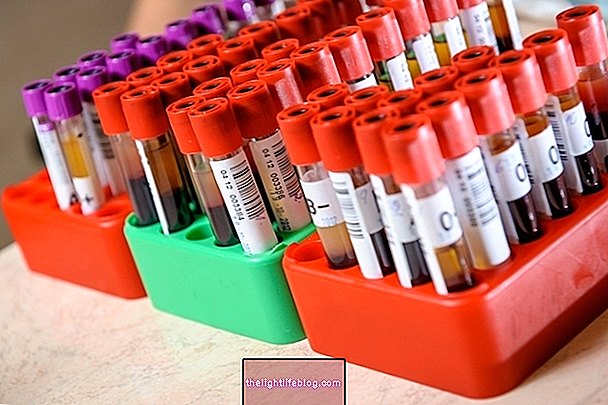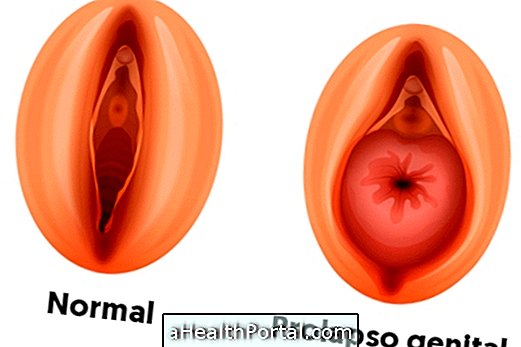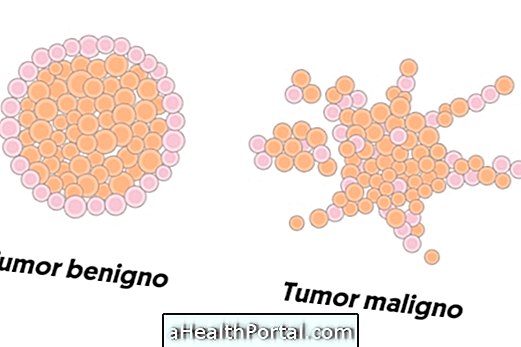Fructosamine is a blood test that allows assessing the effectiveness of treatment in cases of diabetes, especially when recent changes have been made to the treatment plan, either in the medications used or in changing lifestyle habits, such as diet or exercise, for example.
This test is usually used to assess changes in glucose levels in the past 2 or 3 weeks, but it is only done when it is not possible to monitor diabetes with the glycated hemoglobin test, so many people with diabetes may never need take the fructosamine test.
In many cases, this test can also be ordered during pregnancy, to frequently assess the pregnant woman's sugar levels, as her needs vary throughout pregnancy.

When is indicated
The test of fructosamine to evaluate the levels of glucose in the blood is indicated when the person has alterations in the levels of erythrocytes and hemoglobin, which is common in cases of anemia. Thus, it is not possible for blood glucose to be assessed using glycated hemoglobin, since the levels of this blood component are altered.
In addition, the test of fructosamine is indicated when the person has heavy bleeding, has undergone a recent blood transfusion or has low levels of circulating iron. Thus, the performance of fructosamine instead of glycated hemoglobin is more effective in assessing circulating glucose levels in the body.
The examination of fructosamine is quite simple, requiring only the collection of a small blood sample that is sent to the laboratory for analysis, without the need for any type of preparation.
How the exam works
In this type of test, the amount of fructosamine in the blood is evaluated, a substance that is formed when glucose binds to blood proteins, such as albumin or hemoglobin. Thus, if there is too much sugar in the blood, as in the case of diabetes, the greater the value of fructosamine, since more blood proteins will be linked to glucose.
In addition, as blood proteins have an average life of only 20 days, the values evaluated always reflect a summary of blood sugar levels in the last 2 to 3 weeks, allowing to assess treatment changes made in that time.
What the result means
The reference values for fructosamine in a healthy person can vary between 205 to 285 micromolecules per liter of blood. When these values appear in the outcome of someone with diabetes, it means that the treatment is being effective and, therefore, the blood sugar values are being well controlled.
So, when the exam result is:
- High: it means that the glucose has not been well controlled in the last few weeks, indicating that the treatment is not having the desired effects or is taking too long to show results. The greater the result, the worse the effectiveness of the treatment implemented.
- Low: it may mean that protein is being lost in the urine and, therefore, the doctor may order other tests to confirm the result.
Regardless of the result, the doctor can always order other tests to identify whether the glucose variations are due to treatment or other health problems, such as hyperthyroidism, for example.
Was this information helpful?
Yes No
Your opinion is important! Write here how we can improve our text:
Any questions? Click here to be answered.
Email in which you want to receive a reply:
Check the confirmation email we sent you.
Your name:
Reason for visit:
--- Choose your reason --- DiseaseLive betterHelp another personGain knowledge
Are you a health professional?
NoMedicalPharmaceuticalsNurseNutritionistBiomedicalPhysiotherapistBeauticianOther

